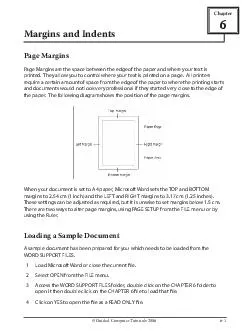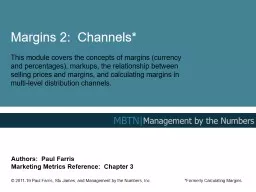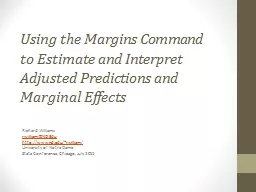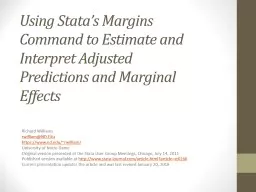PPT-Using margins to test for group differences in generalized
Author : trish-goza | Published Date : 2015-09-20
l inear m ixed m odels Sarah Mustillo Purdue University Stata Conference Chicago 2011 The problem Introduction Examples Application Conclusion Problem Using Margins
Presentation Embed Code
Download Presentation
Download Presentation The PPT/PDF document "Using margins to test for group differen..." is the property of its rightful owner. Permission is granted to download and print the materials on this website for personal, non-commercial use only, and to display it on your personal computer provided you do not modify the materials and that you retain all copyright notices contained in the materials. By downloading content from our website, you accept the terms of this agreement.
Using margins to test for group differences in generalized: Transcript
Download Rules Of Document
"Using margins to test for group differences in generalized"The content belongs to its owner. You may download and print it for personal use, without modification, and keep all copyright notices. By downloading, you agree to these terms.
Related Documents














